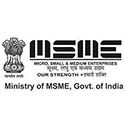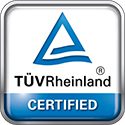On-Target Verification Solutions From Rapita Systems
Rapita observed the growth of Embedded software and systems on aircraft are being fueled by a mix of technology advances, system requirements, policy developments and it has “grown exponentially”; over the last 20 years as analog systems have morphed into digital systems. As the cockpits get more sophisticated and are digitally controlled, there’s more and more software which has to be tried and tested before putting into use.
Hence we have tied up with Rapita Systems to put forward our range of “On-target verification solutions” for critical embedded software, which will cater to the needs of the avionics and automotive electronics industries. Thereby reducing the cost of verifying critical real-time embedded software.
Here are a few products we’re offering
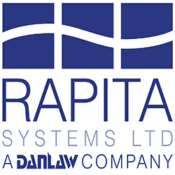
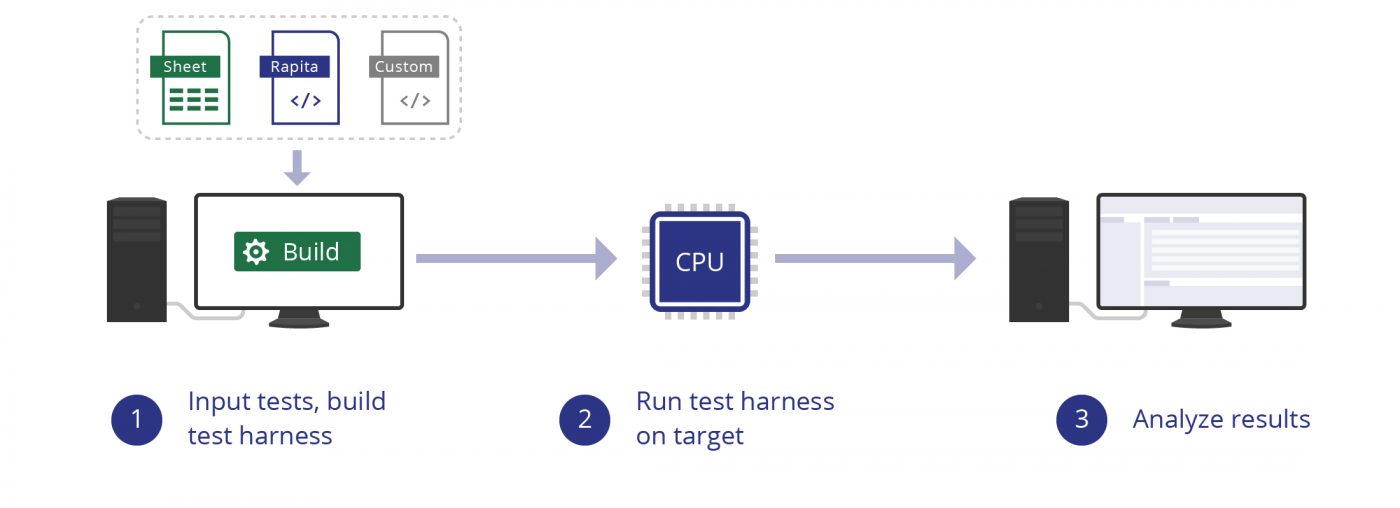
RapiTest
Rapita developed RapiTest which reduces the effort needed for embedded software testing. Which offers a variety of powerful test authoring formats and injecting and running tests automatically. Moreover, RapiTest streamlines test development and execution. It is qualifiable for use in DO-178B, DO-178C, and ISO 26262 projects thereby reducing your certification costs.
RapiCover
RapiCover is an on-target code coverage measurement tool that supports system and integration testing processes, developed by Rapita. It has been designed specifically with embedded systems in mind. Its low resource utilization means unnecessarily repeating tests with different code sections is significantly reduced if not eliminated. In addition, this leads to testing with the least amount of effort and in less time. It is used by aerospace and automotive software engineers; who develop or maintain large critical real-time embedded systems and need code coverage measurement data to understand; how well their system is performing. Furthermore, this Rapita product is used around the world by engineers working on DO-178B/C and ISO 26262 projects.
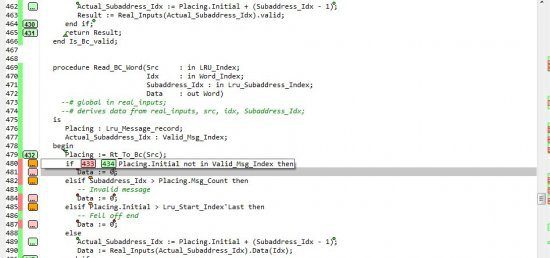
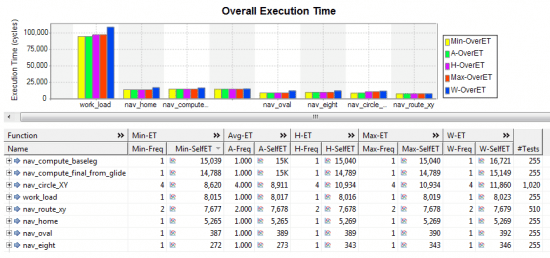
RapiTime
RapiTime is an automated performance measurement on-target timing analysis tool. Targeted at real-time, embedded applications, it collects execution traces to provide you with execution time measurement statistics, aids determination of worst-case execution time, and guides your optimization efforts.
It is the alternative to the intensive and expensive effort required by engineers to perform timing verification and safety-critical real-time embedded software. It can also be used to eliminate weeks of trial and error. And quickly focus on your optimizations that have the greatest impact in reducing peak CPU load/worst-case execution time.
This tool is designed by Rapita that is used by aerospace and automotive software engineers working on DO-178B/C and ISO 26262 projects. who want new engineering approaches and tools that can aid quick detection and analysis of potential timing problems during development.
RapiTask
RapiTask is designed by Rapita to address the challenges you will likely face in working with embedded systems with complex scheduling behavior by providing a variety of helpful charts and graphs, it helps to identify timing and system capacity issues. Situations that RapiTask addresses include:
- Getting a high-level overview of software system scheduling.
- Locating rare timing events, such as race conditions.
- Understanding system capacity issues.
- Supporting different targets, including multicore.
- Verifying actual timing behavior.
- Quickly identifying user-specific concerns.
This product of Rapita is used by software engineers who need a system level view of their application’s behavior. RapiTask uses a subset of the RapiTime instrumentation. Therefore, RapiTime users can benefit from RapiTask integration with virtually no additional integration effort.

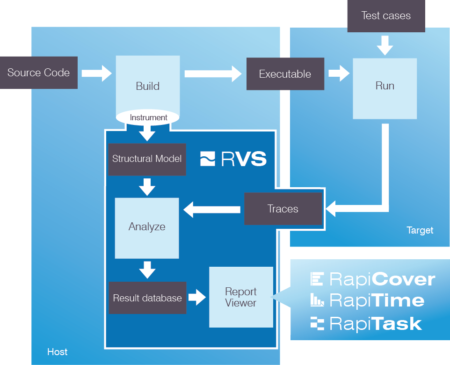
RTBx data logger

The RTBx data logger one of the king instruments you provide a cost-effective, easy-to-use solution for collecting and timestamping long streams of verification data from software tests run on embedded hardware. It is target-independent, supporting a wide variety of target architectures, and provides an excellent way of collecting trace data for use by RVS.


